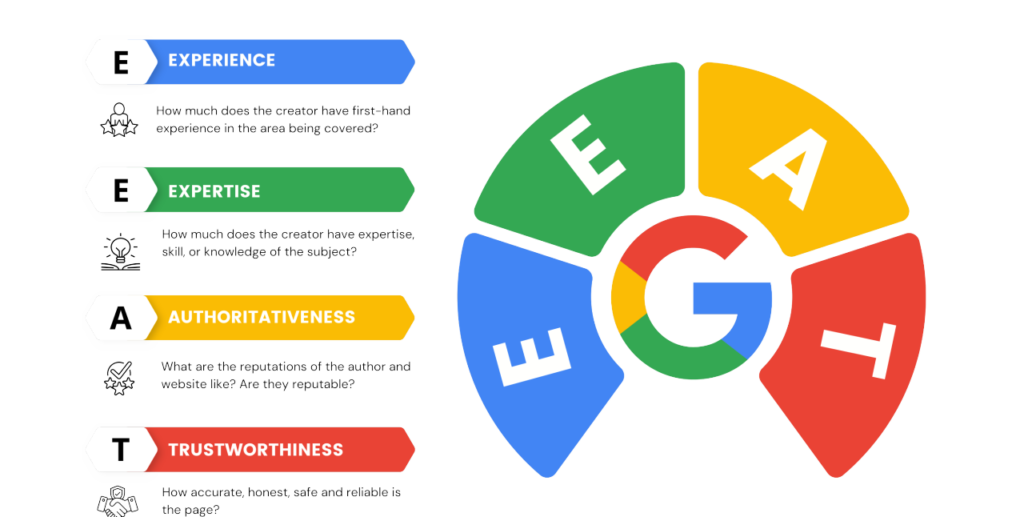
Understanding the Internet of Things (IoT): The Future of Connectivity
The Internet of Things (IoT) is revolutionizing the way we interact with technology in our daily lives. From smart homes to connected cars, IoT is changing industries and transforming the way we live, work, and communicate. In this blog, we will explore what IoT is, how it works, and why it’s crucial for the future of technology.
What is the Internet of Things (IoT)?
The Internet of Things (IoT) refers to the network of physical devices—ranging from everyday household items to complex industrial machinery—that are connected to the internet. These devices collect and exchange data, enabling them to communicate with each other and make intelligent decisions. The key aspect of IoT is its ability to bring automation and smart solutions to various sectors, improving efficiency, convenience, and security.
Key Features of IoT
- Connectivity: IoT devices are connected to the internet, allowing them to communicate and share data.
- Automation: IoT enables automation by allowing devices to perform tasks with minimal human intervention.
- Data Collection: Devices collect real-time data that can be analyzed and used for better decision-making.
- Remote Access: With IoT, users can control and monitor devices remotely using smartphones or computers.
How Does the Internet of Things Work?
At its core, IoT works by linking devices to the internet, where they can send and receive data. The process typically involves three key components:
1. IoT Devices
IoT devices are equipped with sensors, software, and communication hardware. These devices could be anything from a simple smart thermostat to a complex industrial robot. The sensors gather data, such as temperature, light levels, or movement, which is then transmitted over the internet.
2. IoT Networks
The data from IoT devices is sent over a network, which could be a wireless network like Wi-Fi, cellular networks, or specialized IoT protocols such as LoRaWAN or NB-IoT. These networks facilitate the communication between devices and central servers or cloud platforms.
3. Cloud Platforms and Data Processing
Once the data reaches the cloud or a central server, it is processed, analyzed, and stored. Cloud platforms such as Amazon Web Services (AWS), Google Cloud, and Microsoft Azure play a crucial role in managing and analyzing IoT data. The processed information is then used to trigger actions or provide insights to users.
Applications of IoT Across Different Industries
The applications of IoT are vast, ranging from consumer electronics to industrial automation. Here are some of the most prominent sectors that have adopted IoT technology:
1. Smart Homes
IoT has made smart homes a reality. Devices like smart thermostats, security cameras, smart lights, and home assistants (such as Amazon Alexa or Google Assistant) allow homeowners to control their environment remotely. For instance, you can adjust your home’s temperature, turn on the lights, or check security cameras from your smartphone.
2. Healthcare
In the healthcare industry, IoT devices such as wearable fitness trackers, remote patient monitoring systems, and smart medical equipment have transformed patient care. These devices help in tracking vital signs, managing chronic conditions, and providing real-time data to healthcare professionals, leading to better diagnosis and treatment.
3. Industrial IoT (IIoT)
Industrial IoT, often referred to as IIoT, focuses on connecting machinery and systems in manufacturing plants, energy grids, and transportation networks. IIoT applications include predictive maintenance, supply chain optimization, and energy management, making industries more efficient and reducing operational costs.
4. Connected Cars
In the automotive sector, IoT is enabling the development of connected cars. These vehicles are equipped with sensors that allow them to communicate with other vehicles, infrastructure, and cloud systems. Connected cars offer features like real-time navigation, autonomous driving, and predictive maintenance alerts, improving safety and convenience.
5. Agriculture
Smart farming is another sector where IoT technology is making a significant impact. IoT devices in agriculture can monitor soil moisture, temperature, and weather conditions, helping farmers optimize crop growth and reduce resource consumption.
Challenges of IoT Implementation
While IoT offers numerous benefits, its implementation comes with challenges that need to be addressed:
1. Security and Privacy
One of the primary concerns with IoT adoption is security. Since IoT devices are connected to the internet, they are vulnerable to cyber-attacks. Ensuring that data is encrypted and systems are secure is crucial to preventing unauthorized access.
2. Data Management
With billions of connected devices generating vast amounts of data, managing and processing this information efficiently becomes a challenge. Companies need robust cloud infrastructure and analytics tools to handle the data produced by IoT systems.
3. Interoperability
For IoT to function smoothly, devices from different manufacturers must be able to communicate with one another. Ensuring interoperability across diverse devices and platforms is essential to building a unified IoT ecosystem.
The Future of IoT
As the world becomes increasingly connected, the future of IoT looks promising. Emerging technologies like 5G, artificial intelligence (AI), and edge computing will further enhance the capabilities of IoT devices. With faster networks, smarter analytics, and real-time decision-making, IoT will continue to revolutionize industries and improve the way we live.






